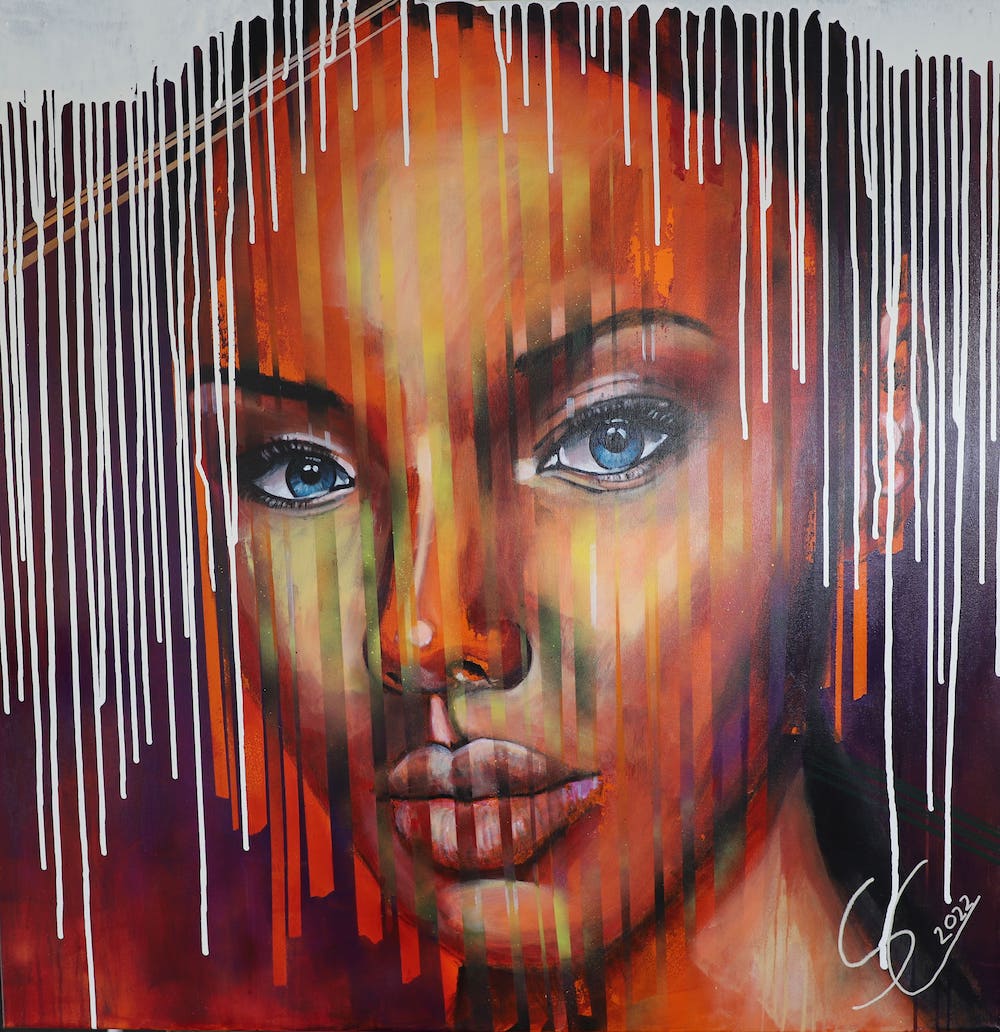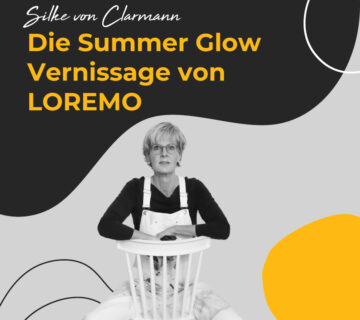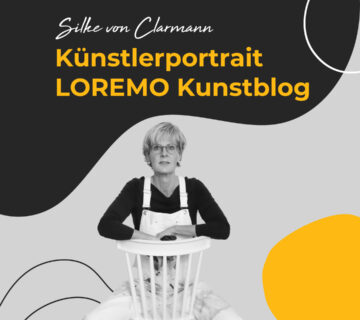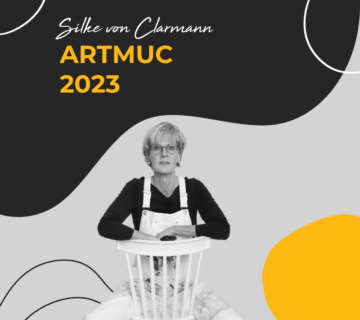FUTURE ART MAGAZINE (engl.)
Human uniqueness: Silke von Clarmann
The human being. The artist Silke von Clarmann works on this theme in a special form of portraiture. This creates large-format, color-intensive faces that illustrate the importance around the theme of tolerance and peace.
How did the sale of your first artwork come about?
I grew up in a family of entrepreneurs. Art always played a big role there, but only collecting art and not creating it. „Talent or not, you can’t make a living from art!“ was the belief in my childhood. But then I was lucky to meet the well-known Chiemsee painter Paul Paulus. He encouraged me to take unconventional paths. So at the age of 13, against the will of my parents, I took part in an art exhibition at a well-known traditional Munich company. In my early adolescent phase at that time, I was determined to prove to my parents that one – that is, I – could also sell art. And lo and behold, I sold my first watercolor painting there. Not just one, by the way, but three. My parents were amazed – and so was I!

What do the collectors of your works appreciate most about your art?
As a rule, the collectors of my artwork are mostly women. Women especially feel addressed by my themes such as deceleration, mindfulness, and maintaining the outer facade. I think they recognize themselves in my pictures and the corresponding statements. In addition, they appreciate the dynamic coloring of my images very much, they can draw energy from it.
What are themes of particular importance that you also repeatedly address in your art?
Good question. Listening is extremely important to me. Here I don’t just mean listening in a conversation with my counterpart but also listening to oneself, that is, to myself. Especially in these fast-moving times, we find it increasingly difficult to stand by ourselves and stay with ourselves. We are all different and that is a good thing. That’s why I bring the diversity of people onto the canvas.
Can you tell us a little more about the „Facades“ series?
Everyone knows the situation: you sit in the cafe and watch the passing people: „Oh, how beautiful and self-confident they all are.“ But if we take our time and get to know the individual people better, we realize how often we have fallen for this facade. I always wonder why we think we have to somehow protect ourselves with a facade. With my portraits, I look behind the facade and discover the real essence in the counterpart.
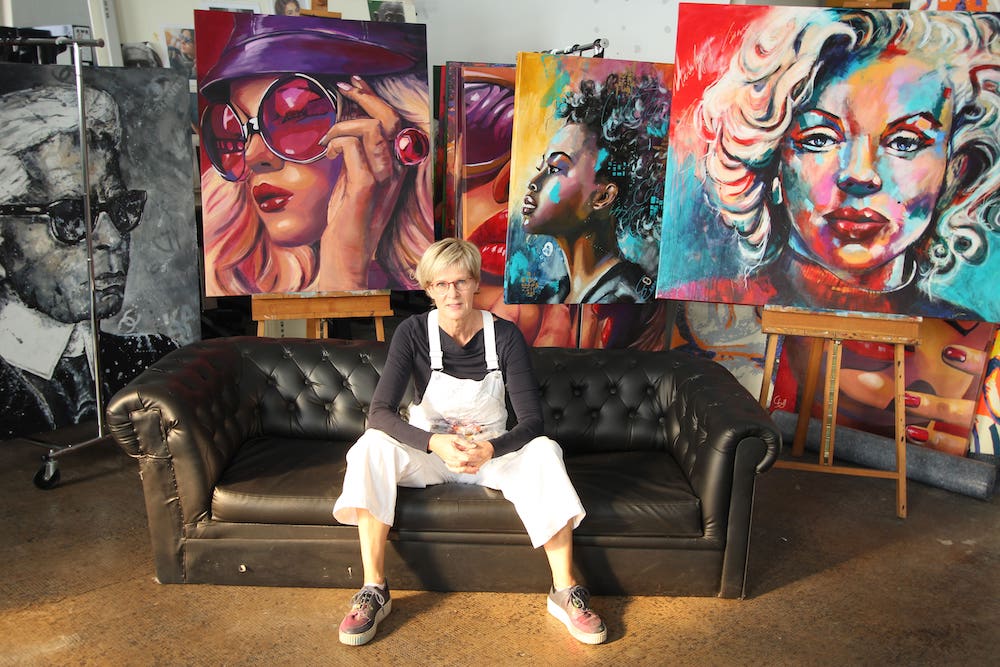
At what point in your life did you begin to identify as an artist?
There is indeed a funny story about that. Professionally, my husband was already established and very well known in our local county. Everywhere I went and mentioned my name, the first reaction was, „Ah, are you the Clarmann’s wife?“ Sometime in 2018, I had a doctor’s appointment and handed in my insurance card at the front desk. The nice lady took it, read the name, and thought about it. I was about to beat her to the punch and say, „Yes, I’m the woman from …“ The woman then said, „Ah, you’re the artist who just has the great exhibition at the Kulturhof?“
Yes, from that point on, I felt like an artist, body and soul. By the way, that was also the time when I moved into my new larger studio.
How do your ideas come about and how do you develop them?
I often get my inspiration from the family. The children in particular often ask questions about current events, both political and personal. Here, as a mom, I am challenged to find explanations for the many quarrels between people and to suggest possible solutions. Tolerance in particular is always a very important topic here. And again we are on the subject of ‚listening.‘ Because only in this way is it possible for us to respectfully get to know and appreciate each other as different people.
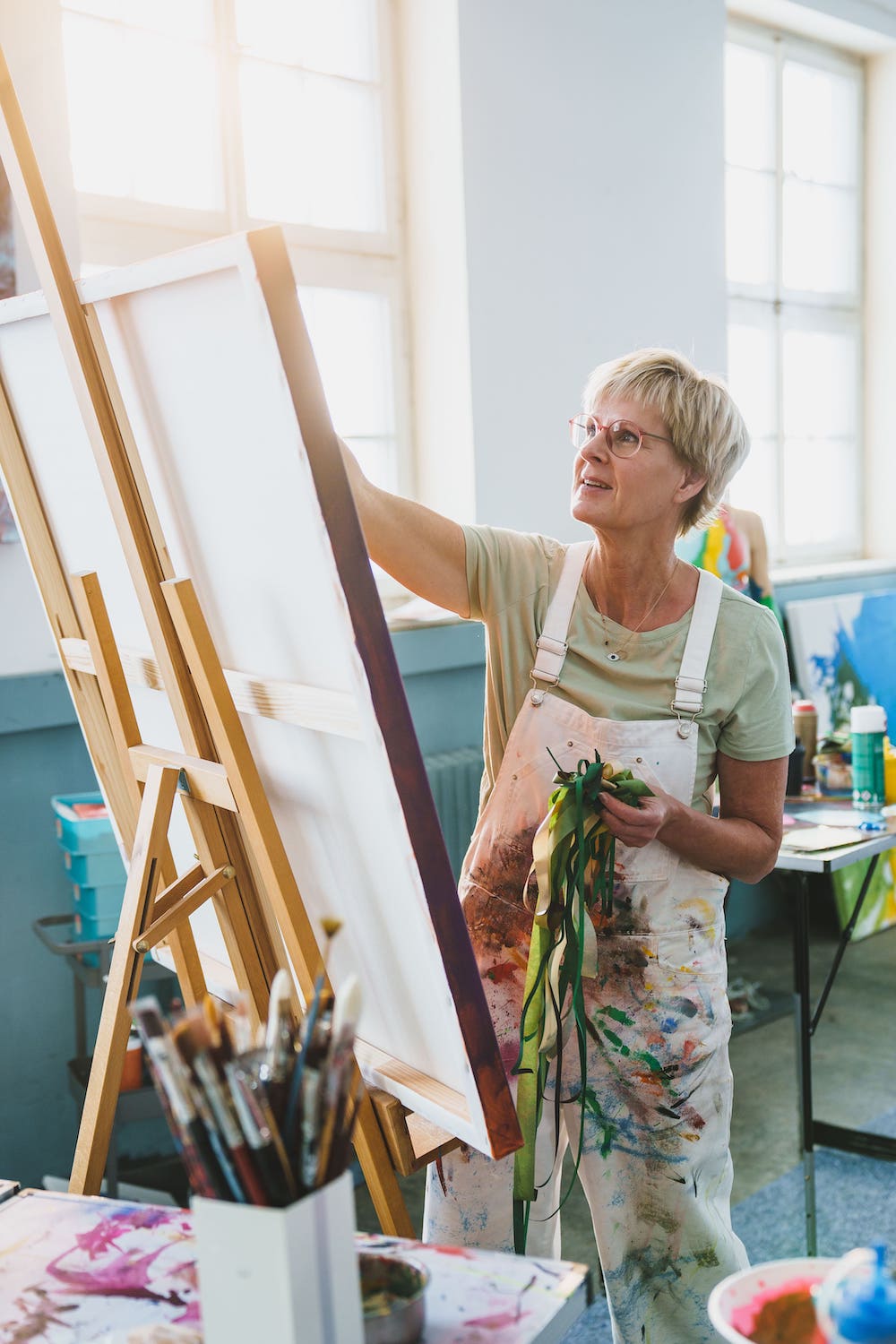
Which places / spaces have a special meaning in your art?
I need the contrasts. When I look out of my studio, I look at the Alps. But I’m always drawn to Amrum on the North Sea, especially in winter. You can tell which paintings were created there by the small formats; large ones don’t fit in the car.
Do you surround yourself with other artists? What is your environment like? Are there people here who have an influence on your art?
Exchange with other artists is enormously important to me. Whereby I don’t want to refer this only to visual artists. I have always been interested in the approach of different artists. I’m interested in how they approach the same theme in their own field: how does a musician represent tolerance, a dancer respect, or a writer hope. If everyone was open enough to his environment, there would be influences in abundance.

What role do innovation and tradition play for you?
Tradition and innovation are two concepts that actually differ in the timeline of art only by the date of viewing. What was innovation yesterday is tradition today. And the two are mutually dependent. I can’t be innovative by wanting to create something new if I don’t know which artistic path I want to move away from. Without tradition, therefore, there can be no innovation, and vice versa. Tradition is not necessarily bad, just as innovation is not necessarily the best thing in the world. For me, it is important that a work says something to me emotionally. And in this respect, these two terms are not relevant.
Is there a work of art in your life that has particularly impressed you?
Oh, yes, there is. Years ago, I saw the Andy Warhol painting of Mao Zedong in the Hamburger Bahnhof Museum in Berlin. I was impressed by the effect of the incredible size with a height of 4.30 meters. Wow, this was a real experience.
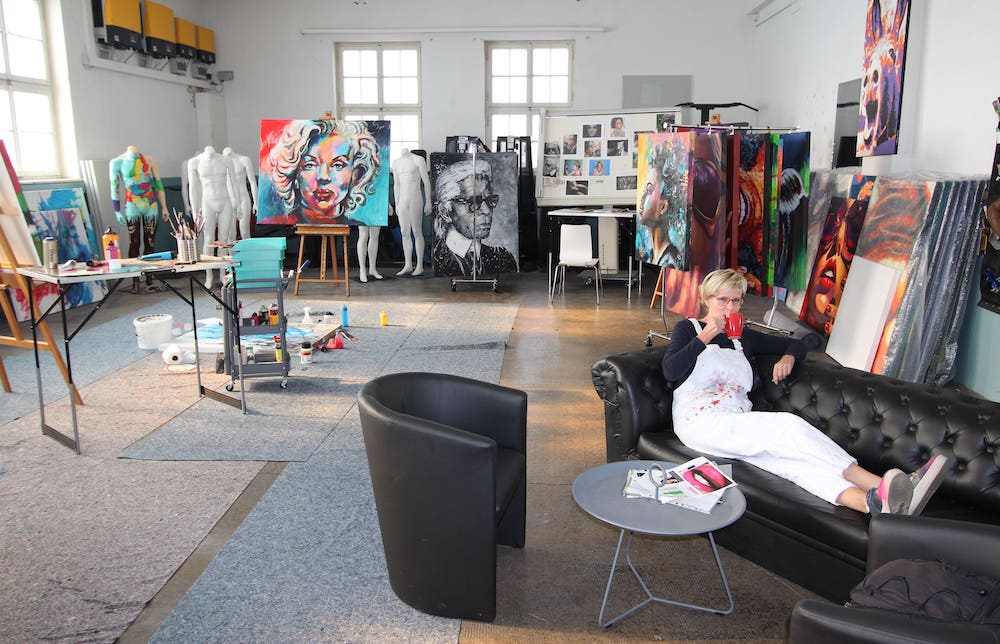
What is your unique selling point that sets you apart from other artists?
This is more a question for the viewers to decide. But if you ask me, I think that the process of creation is very peculiar. Especially since one does not see this in the finished painting. Because actually, for me, the painting process of a portrait begins with a completely abstract painting, upon which the portrait is ultimately built. Sometimes it seems to me that I start with the inner life of a person and then finally pour this into shape, in which I hide the resulting abstract emotions on the canvas quasi in a head. There we are again on the subject of the facade.
Do you have any current or future projects you would like to talk about?
My new project has the beautiful name ‚lost faces‘. Here I focus on representations of faces that are somehow in the process of changing or disappearing from the canvas, for example. Faces in passing or faces with alienation – be it through make up or other masks. I experiment a lot with which painterly means I can to implement this.
